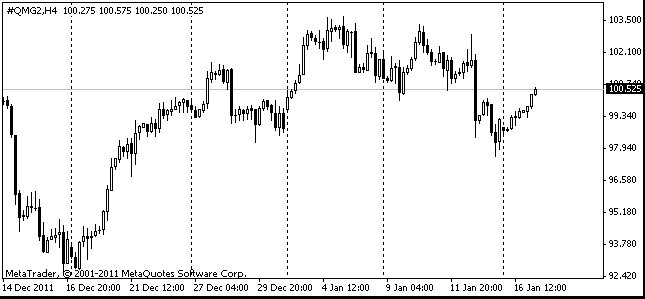EUR/usd
It was a rather quiet day yesterday, yet it proved to be favourable for the euro. It's noteworthy that the signal currency ignored the downward revision of German and Euro-Zone Manufacturing PMIs. This activity indicator has been below the waterline of 50 points for more than a year (13 months). And its current value makes just 45.1. Anyway, by the end of the EU session EUR/USD rose above 1.26. For more than two weeks the currency has been fluctuating near the upper boundary of the upward channel, which formed at the end of July. Bulls want a move up. At this the 1.30 mark is likely to be reached already in September. And before the end of the year the pair may break above 1.40, as it did after QE1 and QE2. The markets even may forget about Europe for a while, being busy with investments in risky assets. It is a positive scenario, however we shouldn't forget about risks. There is a risk that Europe won't get Germany's approval to more active measures to handle the sovereign debt crisis. As the next meeting of the ECB is scheduled for this Thursday, and the Fed's conference will be held only next week, there is a chance that EUR/USD will take a trip down to 1.24.

GBP/USD
The British sterling failed to break the resistance at 1.59. Three vain attempts make us doubt the strength and ability of bulls to keep the pair going up. On the other hand, we can find an excuse for the pair – because of holidays in the USA and Canada activity in the markets was very low. Yesterday's Manufacturing PMI unexpectedly proved to be much better than the previous values and exceeded the average market forecast. In July the index was at 45.2 and this month it was expected to be a bit higher at 46.1, however the actual figure has proved to be 49.5. Manufacture has almost shown growth and this is the highest figure since April. Yet, the favourable figures in the first four months haven't helped the economy to avoid decline in the recent three quarters. The same about the significant growth of the Services PMI, which, by the way, will be published tomorrow. It seems that being a good indicator for mainland Europe, PMI doesn't fit for forecasting the British economy now.

AUD/USD
As it seems, seeing poor retail sales statistics yesterday, many began to consider the interest rate cut by the RBA to be highly probable. It's true that the recent retail sales data are poor (decline by 0.8%), but a month earlier that very index grew by 1.2%. The annual growth rate makes 2.5%. This is not much, but is almost at the level observed for the last four and a half years. For this reason, it would be somewhat reckless to expect that the RBA's policy will change so sharply. Stevens has pointed out that the aussie is still overrated, though as inflation is expected to be “consistent with the target and growth close to trend, the stance of monetary policy remains appropriate.”

oil
As the demand for risk is growing, Oil also seems to return back to life. Last week the news about weakness of Hurricane Isaac caused decline of the Oil rate and this week no one seems to remember about the storm. Besides, the previous drop only heated the interest of speculators, who now look more disposed to purchase cheaper Oil, also being encouraged by Bernanke's commitment to QE. So, we look forward to the return of WTI above $105.
